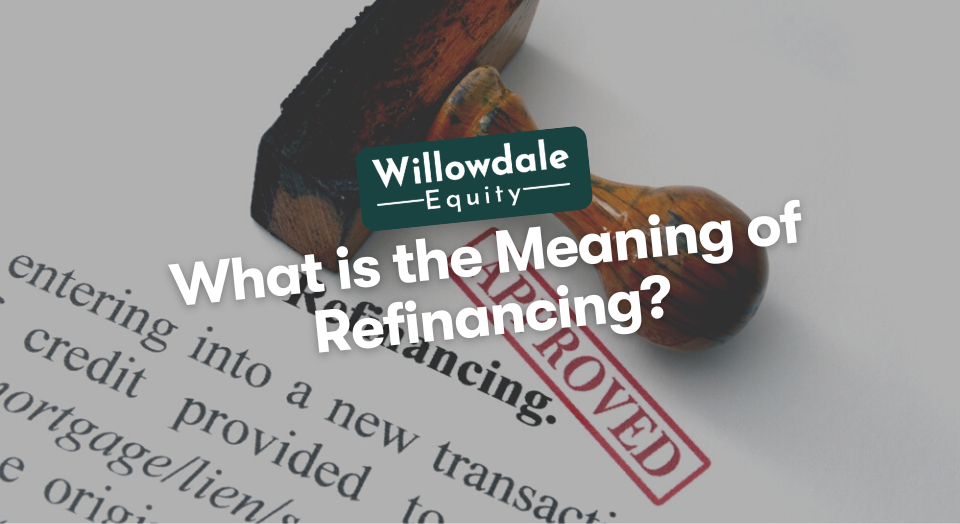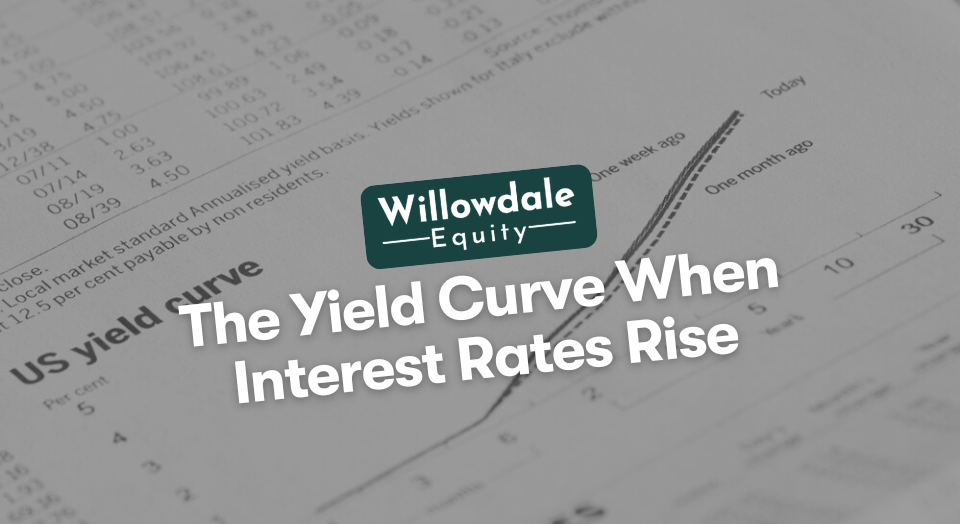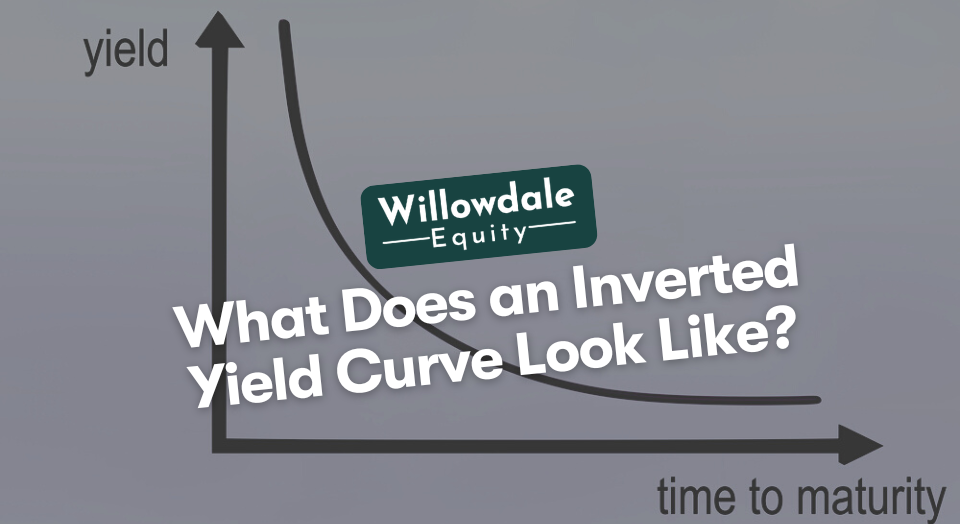
What is the Meaning of Refinancing?
This article is part of our guide on fannie mae and non-recourse loans in multifamily, available here.
Refinancing properties occurs for two primary reasons, reducing the rate for a lower payment or reducing the rate and the mortgage term. More commonly, it’s used amongst investors to cash out some of the equity in the property to consolidate debts or leverage the cash for future improvements and acquisitions.
In this article, we will explain how this is done and what the advantages are of refinancing a property.
Key Takeaways
-
There are two main types of refinancing; rate and term and cash out.
-
Cash-out refinances pay off the mortgage, and after paying off other debt obligations and high-interest debt, the remaining surplus could be used to acquire new cash flow assets or anything that provides passive income.
-
A large liquidity event like loan refinancing can help investors get back as much as 100% of their invested capital, and as a result, their internal rate of return would significantly increase.
What is the Meaning of Refinancing in Real Estate?
The meaning of mortgage refinancing in real estate is to reset the existing loan or mortgage into a more affordable payment or to change the term or a combination of a reduction of both the rate and the term. There are two main types of refinancing. The details of both are explained in the next paragraph.
Two Main Types of Refinance
There are two main types of refinancing; rate and term and cash out. In a rate and term refinancing situation, a borrower will refinance the mortgage or mortgage into a new loan to lower the monthly payments, reduce the term, or possibly a combination of both.
In a cash-out scenario, not only is the mortgage being paid off but another recurring debt is being paid off using some of the equity being received in cash. LTV and credit score requirements are strictly adhered to because mortgage lenders will not take an unwarranted gamble with their money.
1.) Rate & Term Refinance

A rate and term refinance is a new loan to pay off the first lien position mortgage only. A new 30-year mortgage would reduce the payment every month, while a reduction in the term to 15 years may increase the monthly payment; the savings is in the form of interest.
The mortgage annual percentage rate reflects the costs of the money you are borrowing expressed as a rate. If the loan payment does not recuperate the costs while you still own the property, then refinancing may not be in your best interests. Many mortgage lenders require homebuyers and homeowners to show that the loan refinancing will benefit the client and that the new loan is not unjustly enriching the lender. This is a sound business practice, and the US government, through CFPB, monitors lenders’ compliance with this regulation.
In the next section, we’ll explain how a cashout refinance can save you monthly, pay off other debts, and how you can use the proceeds to improve your property.
2.) Cash-Out Refinance
Cash-out refinancing is one where you tap into the property’s equity. This type of refinancing allows you to leverage the equity to pay off your first mortgage, take the surplus loan proceeds, and do what you want with that cash. Some second-lien loans like home equity loans or HELOCs are interest-only loans, so the interest payments being made do not pay the principal. Some loans are a balloon payment type, and many people would also want to eliminate them.
There are LTV limitations that are strictly adhered to. Fannie Mae and Freddie Mac allow you to borrow up to 75% of the property’s appraised value. If the savings cannot recoup the closing costs via lower monthly mortgage payments due to the sale of the property in the near term, a new lower monthly mortgage payment may not be the choice to make.
Is Refinancing a Good Idea? & Why Would One Want to Refinance?
You may want to refinance your mortgage, aside from reducing the interest rate or obtaining cash from the property. The other reasons include:
- Taking Advantage of Low-Interest Rates
- Restructuring the Capital Stack to buy out partners
- Large Liquidity Event to Increase Investor Returns
- Cash Out & Re-invest into New Investments
In the following sections, we will explain each of the advantages of how refinancing will improve your finances and future.
Taking Advantage of Low-Interest Rates
When interest rates are low, it makes good financial sense to take advantage of them. When investing with partners, how about restructuring the capital stack to buy out those partners?
Restructuring the Capital Stack to Buy Out Partners
The capital stack is critical to successfully operating a deal. It’s structuring all the capital used to do the deal, both debt, and equity. This also tells the investors their risk profile and the priority of payments in the event of an uncured default or other financial distress, and in which order debts must be paid.
In a cash-out scenario, and if you have sufficient equity, you could use the loan proceeds to pay off your existing debt and to buy out partners. Refinances are significant liquidity events.
Large Liquidity Event to Increase Investor Returns

A large liquidity event like loan refinancing can help investors get back as much as 100% of their invested capital, and as a result, their internal rate of return would significantly increase. A dollar received today is worth more than a dollar received tomorrow. Inflation erodes the dollar every year.
The speed of returns influences the IRR so the IRR will be higher the faster these returns are made to investors. A commonly acceptable IRR among real estate investors is between 12% to 15%.
Related Read: (DSCR) Debt Service Coverage Ratio in Real Estate
Cash-out & Re-invest into New Investments
Cash-out refinances pay off the mortgage, and after paying off other debt obligations and high-interest debt, the remaining surplus could be used to acquire new cash flow assets or anything that provides passive income. The differences between finance and refinance are explained in the next paragraph.
What is the Difference Between Finance and Refinance?
The difference between finance and refinance is that to finance the property or project, the loan is provided to obtain the property or project. Refinancing on the other hand may change the terms of the initial loan such as the rate, term, or a combination of both or to take out equity in the property for capital improvements or to pay off debt.
What is the Difference Between Refinancing and Restructuring?
When debts are restructured, the borrower is typically underwater with their debts. Most lenders do not want to restructure the loans that they have in their portfolios. As a last-ditch effort, lenders will modify the terms of the loan, extend the payment dates, waive late fees or change the amount for coupon payments.
Do you Get Money When you Refinance a Loan?
In a cash-out refinance, you do receive cash back after the liens that are in the first and second positions are paid off as well as any other debts. There are tax implications even in a cash-out scenario.
Do I Pay Taxes on the Surplus Money I Receive in a Cash-Out Refinance?
The proceeds in a cash-out refinance are not subject to taxes because you have acquired debt and you are making payments on this debt.
Frequently Asked Questions About The Meaning of Refinancing
Restructuring mortgage loans means that the lender you have is not changing and particular conditions of your existing loan are being altered.
When you restructure a loan, the lender is possibly modifying the mortgage debt by changing due dates, waiving late fees, or perhaps plugging the late payments into the back end of the loan.
Real Estate Refinancing - Conclusion
Refinances in real estate is a great way to utilize and leverage built-up equity tied up in the property, as opposed to not having that equity work for you.
If you’re building long-term wealth through private equity illiquid tax-advantaged multifamily real estate across the south-eastern united states, join the investor club here at Willowalde Equity today.
Sources:
- Forbes Advisor, “How to Refinance an Investment Property“
- Investopedia, “How to Refinance Your Investment Property“
Interested In Learning More About PASSIVE Real Estate Investing In Multifamily Properties?
Get Access to the FREE 5 Day PASSIVE Real Estate Investing Crash Course.
In this video crash course, you’ll learn everything you need to know from A to Z
about passive investing in multifamily real estate.
We’ll cover topics like earned income vs passive income, the tax advantages, why multifamily, inflation, how syndications work, and much much more!




